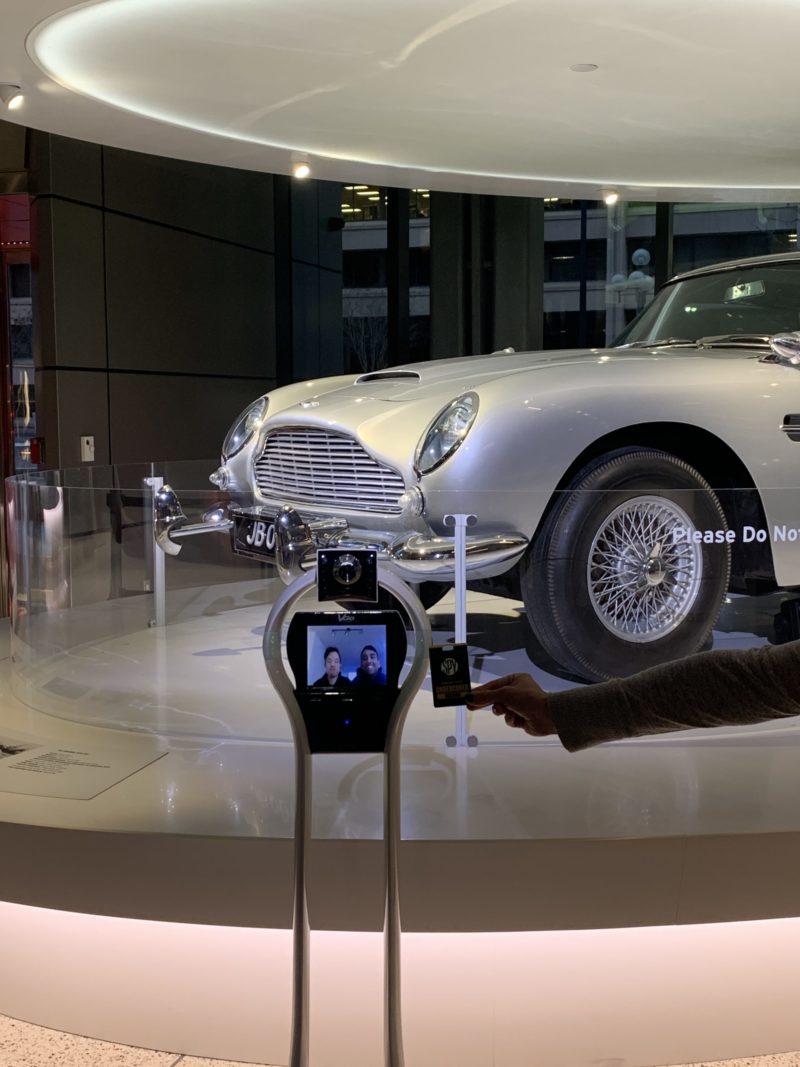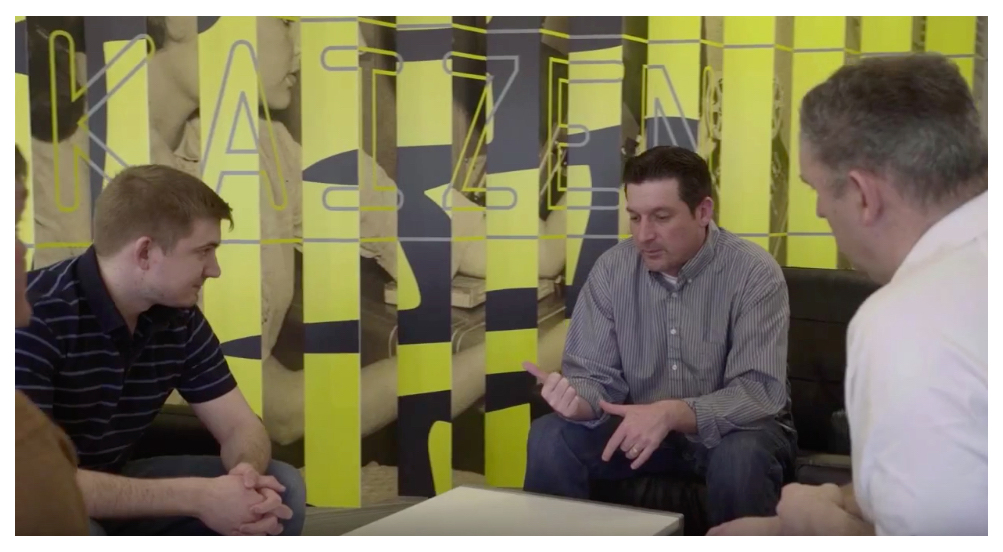In an effort to brighten the lives of hospitalized children stuck in their rooms at Baltimore’s Johns Hopkins Hospital, D.C.’s International Spy Museum and the WeGo Foundation conceived a plan to offer those children the opportunity to virtually tour the museum.
The guide? A robot named Patrice.
The WeGo Foundation, a recent participant in the latest cohort of the Johns Hopkins Social Innovation Lab, sought a new way of addressing a need four years ago by harnessing telepresence robots to assuage the “lack of autonomy children have in hospitals and negative feelings they might harbor about the experience,” says Galen Shi, WeGo’s founder.
Although there are many worthwhile programs in hospitals to enhance the experience of children like visits with pets and bingo sessions, “the problem is that kids want to leave the hospital, and the hospital’s therapeutic toolbox doesn’t include the use of technology to accomplish that,” Shi notes. Given this situation, “one of the next best opportunities for kids to venture outside the hospital while they’re staying there is to explore places of interest outside using a telepresence robot,” Shi said. Those places include an aquarium, science center, and, most recently, the International Spy Museum. The connection with the L’Enfant Plaza museum of espionage was spurred by Hayden Dux, an employee who had visited the museum himself as a child, and urged the foundation to reach out.
As Jackie Eyl, the museum’s director of youth education, explained, “We’ve had a commitment to making the museum accessible to hospitalized children for over 10 years, and we’ve worked with organizations like the Make-A-Wish Foundation, so we were excited to receive a proposal from WeGo last fall to conduct virtual tours of the museum with the robot Patrice” for hospitalized children at Johns Hopkins.
The museum’s main concern was that it didn’t have a budget to cover the cost of robots, especially due to the pandemic’s impact, but that concern was allayed when they learned that WeGo could loan the robot to the museum. Prior to the rollout, the museum tested a prototype tour with staff and then children, which went well.
“We view the robot as another element in our toolbox to bring the museum to physically, cognitively, and financially challenged children,” Eyl said.
One benefit is that the robot adds a 360-degree view to the virtual tours, which provides “greater fluidity and flexibility,” Eyl said. In addition to offering the children a choice of exhibits to visit, museum staff also ask the children about their interests so they can suggest what exhibits they might enjoy. Overall, the virtual tours are designed to “give the children some fun and a sense of normalcy, even if it’s for a short time,” said Eyl.
The virtual tours are typically done when the museum is closed, or during hours when few people are visiting. Due to those hours and the limitations on employees onsite, about a half dozen tours have been conducted so far. However, that number should grow soon, as they have only recently launched.

Patrice checks out spy wheels. (Courtesy photo)
At the hospital, children are greeted at their beside by volunteers and given an iPad or other internet-enabled device. To activate Patrice, they call in and are linked to the robot, which measures 4.5 feet high, Shi said.
“They virtually meet their tour guides at the museum, and then tour the exhibits and experiences of their choice at the museum with their guides,” Shi said. “This provides them a special immersive experience, and affords them full autonomy over the robot.”
Shi reports that WeGo has conducted over 700 tours of this kind with the robot. Due to the shutdown of all venues throughout most of the pandemic, WeGo “adapted and provided shows to the children and virtual visits of such people as professors, sports figures and astronauts,” Shi said.
WeGo is currently conducting a survey of children using the robot to assess their response to the experience. They don’t yet have any results, but have seen anecdotal examples showing that the mood of children was enhanced by the experience.
Join the conversation!
Find news, events, jobs and people who share your interests on Technical.ly's open community Slack

DC daily roundup: the DMV's VC cooldown, SmartSigns for safer driving; Rep. Schiff's AI copyright bill

What AI means for the future of SaaS: Reality vs. hype

Will the life sciences dethrone software as the king of technology?

